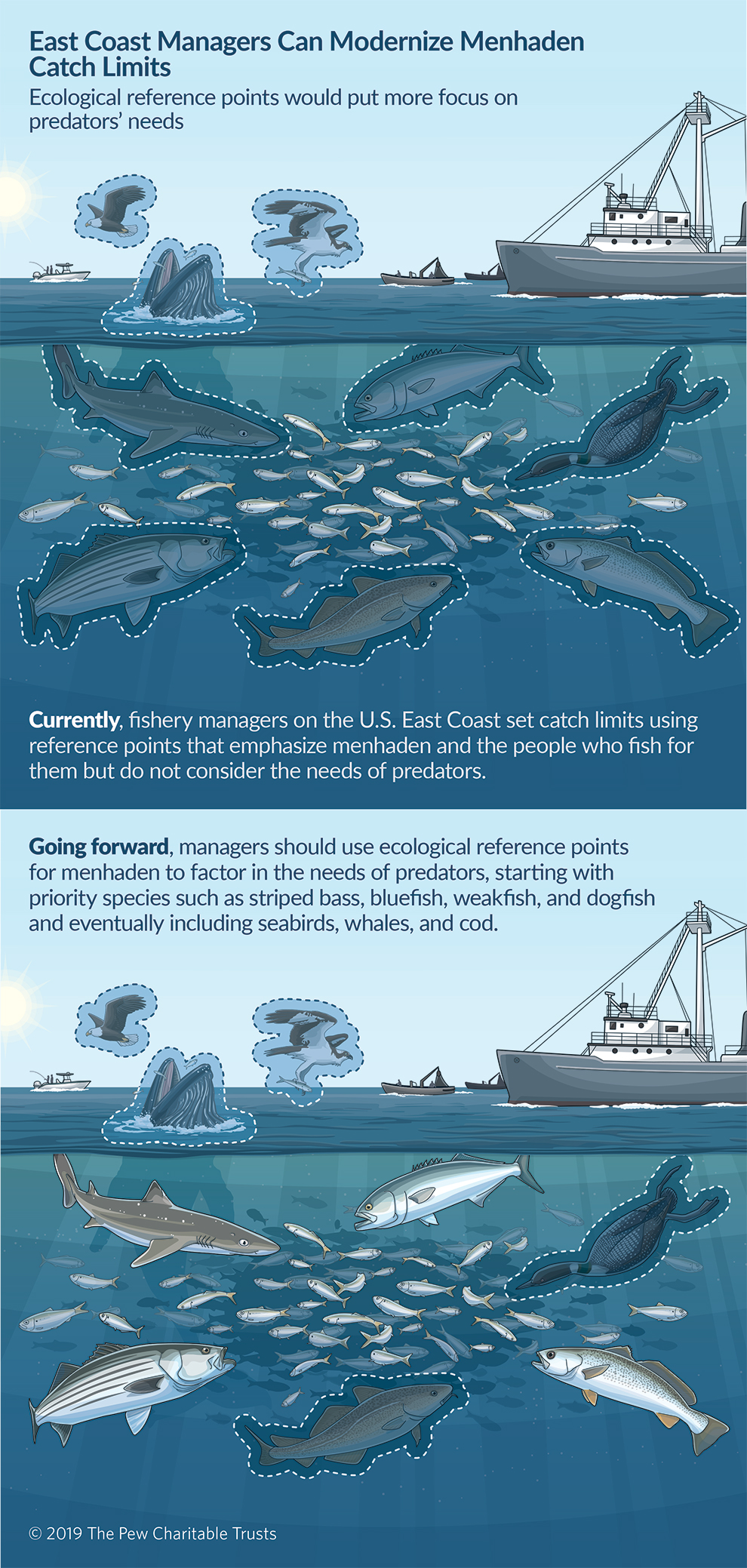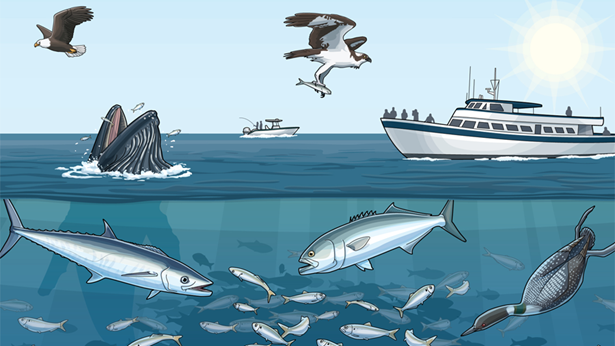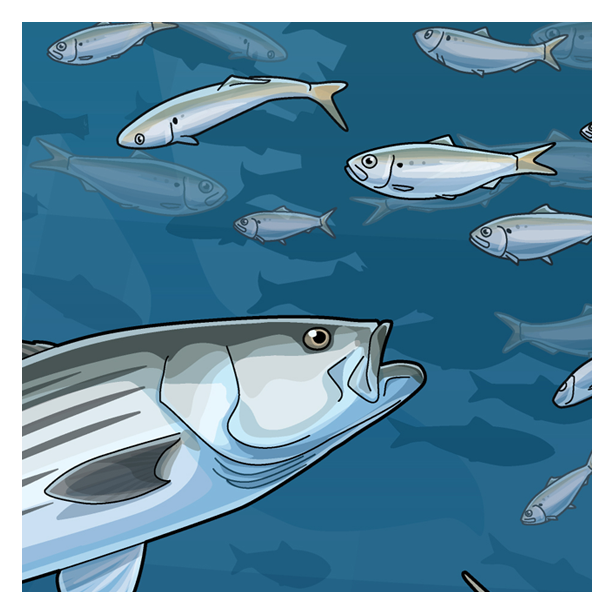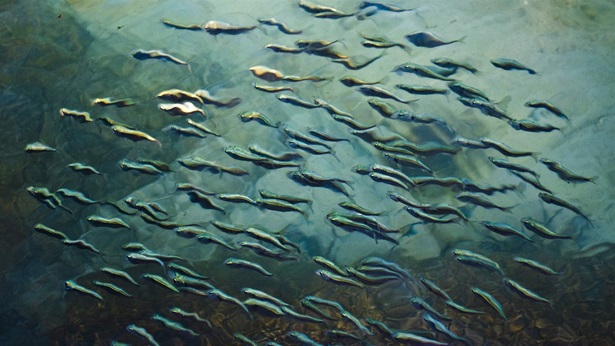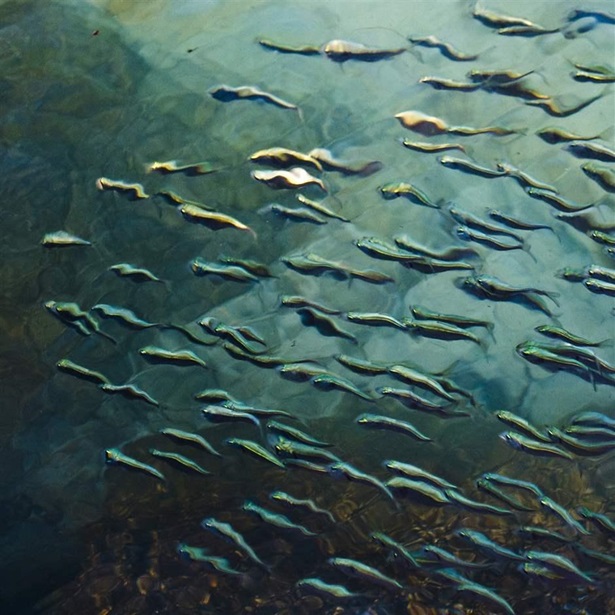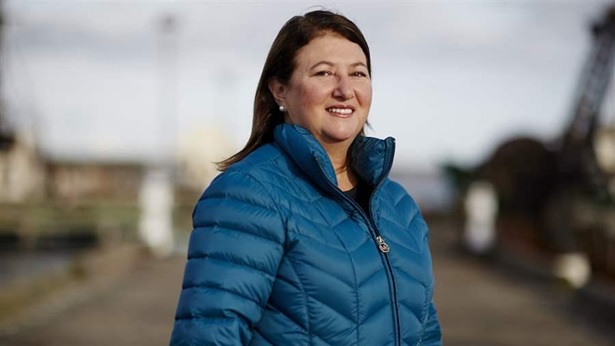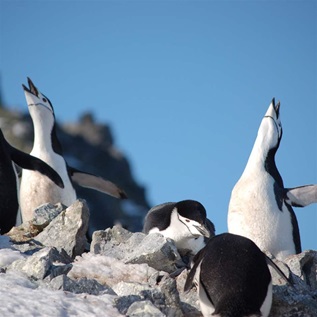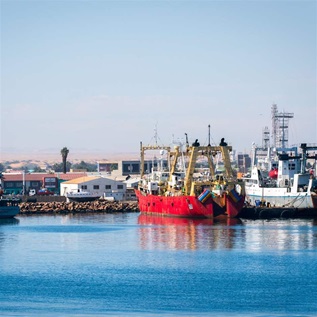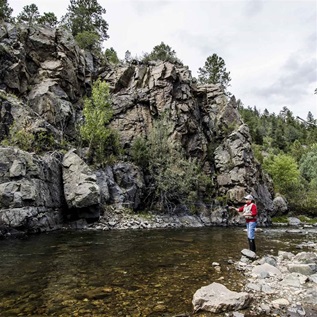Managers Could Secure Sustainable Future for a Key Forage Fish
Modern approach to catch limits would recognize Atlantic menhaden’s value to ecosystem
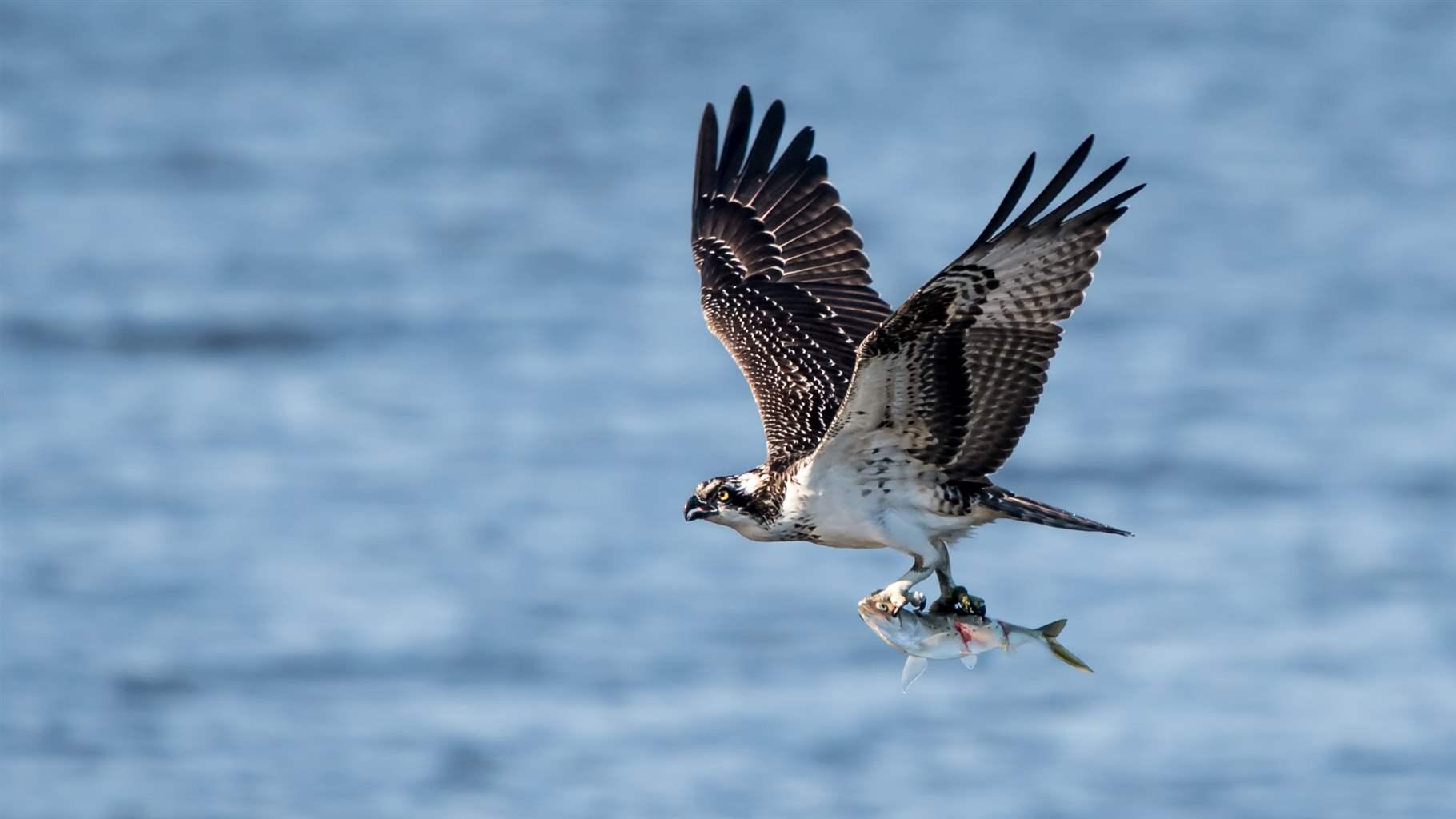
In early February, the regulatory body that sets catch limits for menhaden—the country’s second-most-caught fish—will consider adopting a new way to manage the species, which is valued prey to wildlife. This is the second of three articles explaining why menhaden, and this potentially revolutionary decision, matter.
In our preceding post, we outlined the history of commercial menhaden fishing—and the much shorter period of management for the species—along the U.S. East and Gulf coasts. In sum, menhaden have been targeted for centuries but weren’t subject to an interstate catch limit until 2006, and even that was incomplete. It wasn’t until 2013 that a menhaden catch limit finally extended along the entire U.S. East Coast.
In a key decision in 2012, the Atlantic States Marine Fisheries Commission, which manages menhaden catch, set the coastwide limit at 25 percent below the prior year’s catch, demonstrating a strong commitment to conserving the species and its predators. This precautionary approach left an estimated 300 million more menhaden in the ocean and corresponds with significant growth in the population of large adult menhaden in the Northeast in the years that followed. Since then, the commission has resisted pressure for drastic increases in the limit, opting instead to raise it incrementally and promising to base policy on ecosystem-based science when it becomes available.
That moment is here. Last week, scientists released a peer-reviewed assessment on menhaden, and the commission will have the chance to adopt it as policy next week. Here’s a primer on that science.
Fish don’t live in isolation—and forage fish are special
For years, scientists have recommended that fishery management, even for one species, account for other elements of the broader marine food web. For example, scientists agree that forage fish—small schooling fish that serve as prey for myriad other species—deserve catch limits that account for their role.
That’s because forage fish are a connective tissue in the food web, transferring energy from the plankton they eat to high-level predators. Menhaden managers must take extra caution to ensure that overfishing doesn’t harm the broader food web.
For decades, menhaden management was tailored primarily to commercial fishing interests, with predators’ needs only roughly estimated. In this old single-species model, managers determined allowable catch based on reference points—an upper-end population target to shoot for and a low threshold to stay above—but these failed to ensure that enough menhaden were in the water to keep predators healthy.
Under the new method, managers would still identify targets and thresholds, but these numbers would be informed by ecological reference points (ERPs) that broaden the focus to account for key predators’ needs. For example, to generate an ERP for how many menhaden are eaten by striped bass, scientists combed through data, including studies of what those bass eat. Managers will still have discretion to consider trade-offs and risks, but the ERPs should mean that catch limits will keep menhaden populations stable or growing rather than falling so that key predators will be appropriately fed.
This model reduces the risk of population crashes, which means greater productivity and stability that will benefit wildlife, commercial menhaden fishing, recreational fishing of predators, and ecotourism businesses that depend on charismatic species ranging from osprey to whales.
A precedent-setting move
Once the commission begins applying these new ERPs for menhaden, the country’s largest forage fishery—which is also the second-largest fishery of any kind in the country—will be managed using some of the most modern, science-based methods available. This should challenge other fishery management bodies to modernize their models and reference points and lead to better catch limits with a reduced risk of unexpected crashes of fish populations—natural resources that belong to the American people.
In our third and final post in this series, we will report on the commission’s decision about ecological reference points, which is expected at its early February meeting.
Joseph Gordon is a project director and Aaron Kornbluth is an officer with The Pew Charitable Trusts’ campaign to protect marine life on the U.S. East Coast.
